Your No-Nonsense Guide to Facial Ice Rolling (The Right Way)
I’ve been a licensed esthetician for a long, long time—over fifteen years, in fact. I’ve seen my share of beauty trends flare up and then fizzle out. But every now and then, a trend comes along that’s actually rooted in solid, time-tested principles. Facial ice rolling, which is basically a fancy term for at-home cryotherapy, is one of those keepers.
In this article
Sure, the sleek stainless steel rollers you see all over social media are a modern invention, but the core idea of using cold to calm and tighten skin is ancient. In my own practice, we use professional-grade cryo tools to soothe skin after more intensive treatments, and honestly, the concept is exactly the same.
So many of my clients ask me about ice rolling. They’re curious about the promises of depuffed, glowing skin and want to know if it’s legit. The short answer? Yes, it absolutely can be… but only if you do it correctly. The internet is a minefield of bad advice that can make the practice useless, or worse, actually damage your skin. My goal here is to give you the practical, no-fluff guide I’d share with a client sitting right in my treatment chair.
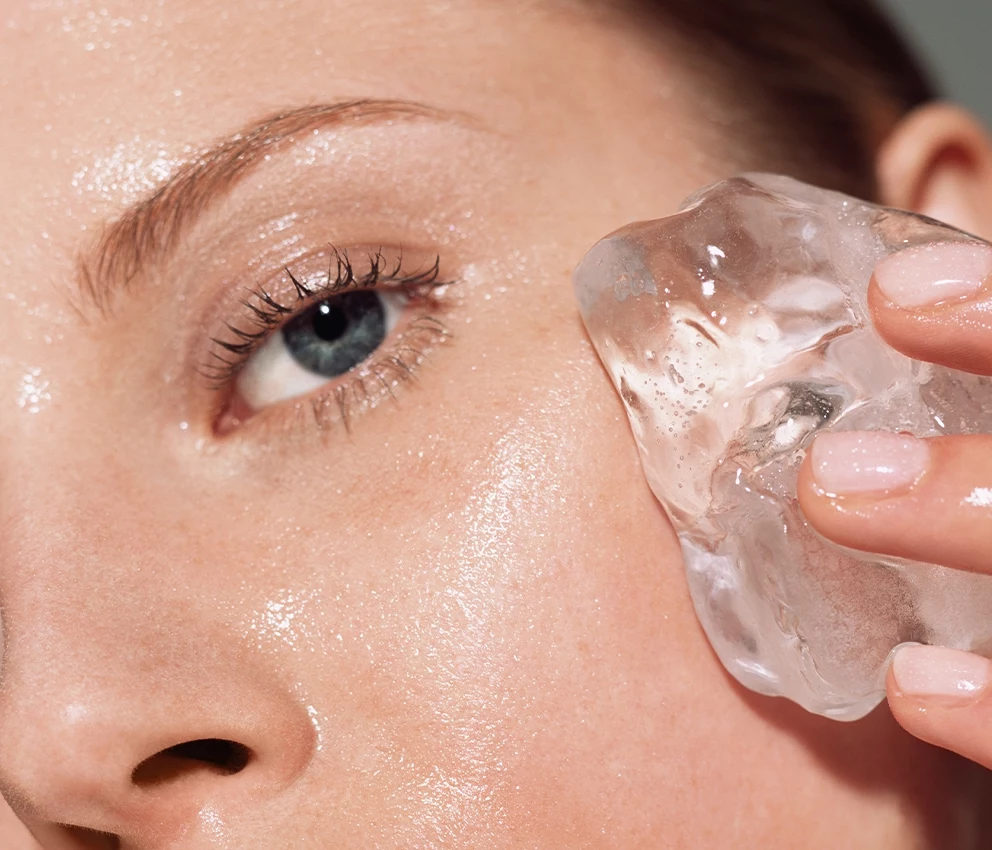
So, How Does This Actually Work?
To get the most out of your ice roller, you need to know what’s happening under the skin. It’s not magic, it’s just your body’s natural reaction to cold. The whole thing hinges on a process called vasoconstriction.
When you apply that chilly roller to your skin, your body’s first instinct is to preserve heat. It does this by tightening up your blood vessels. This shrinking action is the key to two major benefits:
- It Kicks Puffiness to the Curb: You know that morning puffiness, especially around the eyes? That’s often just fluid that has pooled in your face overnight. The cold constricts those blood vessels, which reduces the flow of fluid to the area and helps gently push out the excess. It’s a game-changer for looking more awake, fast.
- It Calms Down Redness and Irritation: Inflammation basically means increased blood flow, which brings on that tell-tale redness and heat. By restricting blood flow, the cold directly dials down that inflammation, making it fantastic for soothing a new breakout or a patch of irritated skin.
On top of that, the rolling motion itself is a huge part of the process. Your circulatory system has the heart to act as a pump, but your lymphatic system—which clears out waste and toxins—doesn’t. It relies on muscle movement and massage to keep things flowing. The gentle, directional rolling helps manually move stagnant lymph fluid towards your lymph nodes to be processed. This is why how you roll is so critical. Randomly swiping back and forth just won’t cut it.
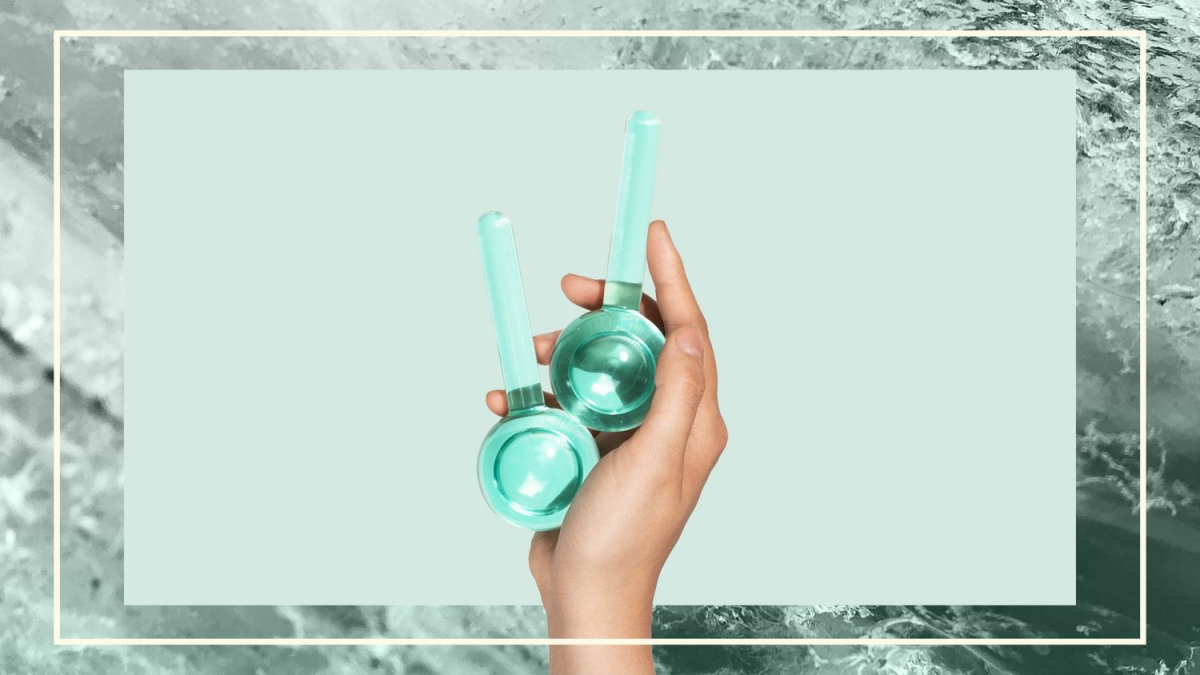
What About Pores and Skin Tightness?
Let’s clear this up: ice rolling does not permanently shrink your pores. Pores don’t have tiny muscles to open and close. However, the cold does cause a temporary tightening of the skin, which gives the appearance of smaller pores and a firmer face. The effect usually lasts a few hours, but it creates a beautifully smooth canvas for makeup, making it perfect before a big day or event.
Choosing the Right Tool for the Job
Walk into any beauty store and you’ll see a bunch of different rollers. As a pro, the material is a big deal for both results and hygiene. Here’s my honest breakdown.
Stainless Steel: This is the gold standard, period. It’s what we use in a clinical setting for a reason. Stainless steel is non-porous, which means bacteria have nowhere to hide, making it super easy to sanitize. It also gets cold quickly and stays cold for a long time, giving you a consistent treatment. A good one will run you between $30 and $60, but it’s a one-time purchase that will last you forever.
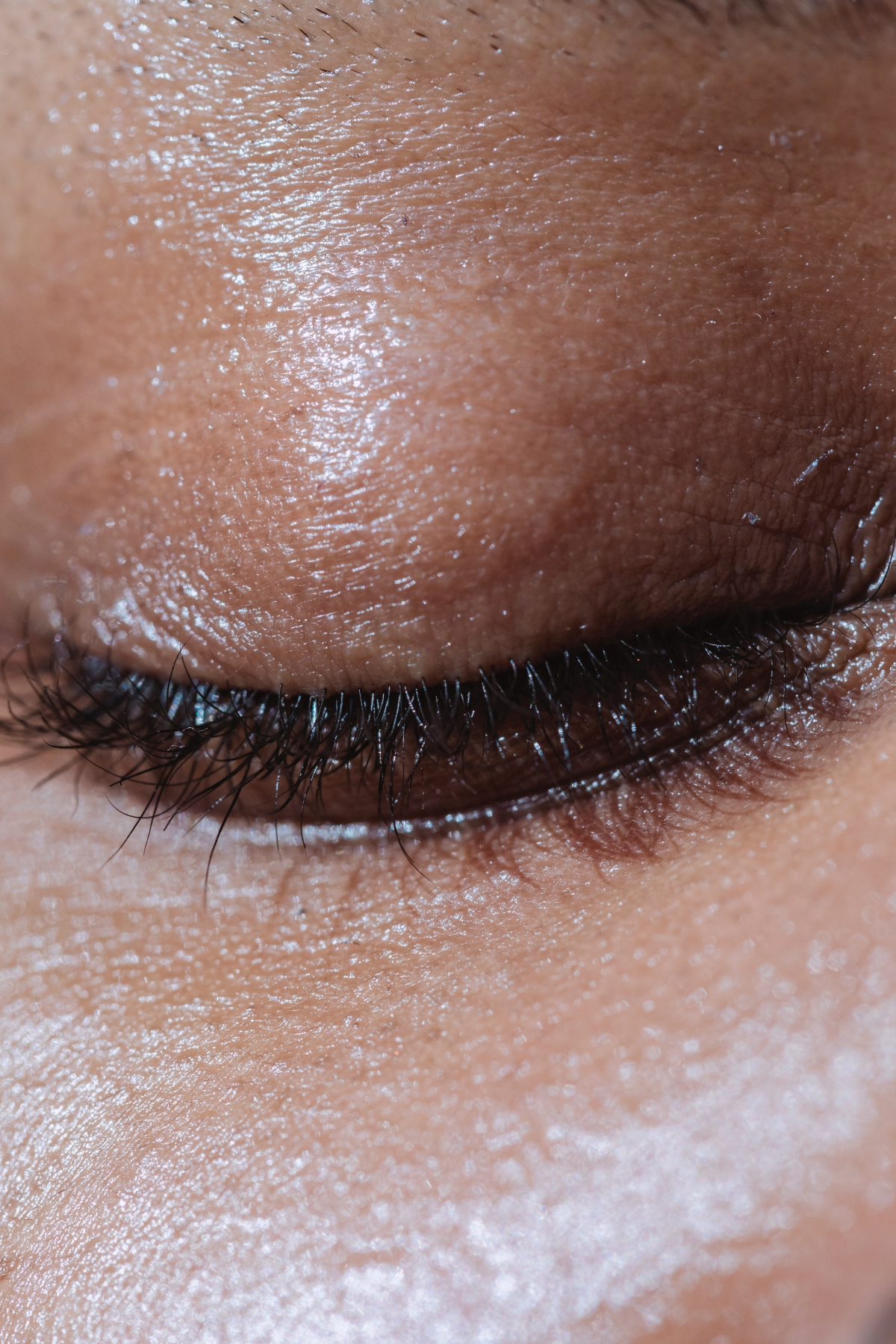
Gel-Filled Plastic: These are the budget-friendly options you’ll find everywhere, usually for around $15 to $25. They work, but the cold doesn’t last as long, and my main concern is hygiene. Plastic is more porous and can get tiny scratches over time, which can become a breeding ground for bacteria if you’re not militant about cleaning.
Stone (like Jade or Rose Quartz): These feel wonderfully luxurious, but for true cold therapy, they’re not the best. Stone is naturally porous and can hold onto bacteria. A client of mine once couldn’t figure out why she was getting minor breakouts, and we traced it back to her jade roller, which she wasn’t cleaning properly. They also don’t stay cold for very long. If you love the feel, that’s fine, but be extra diligent about sanitizing it.
My professional recommendation? Save up for the stainless steel. It’s safer, more effective, and a better investment in the long run.
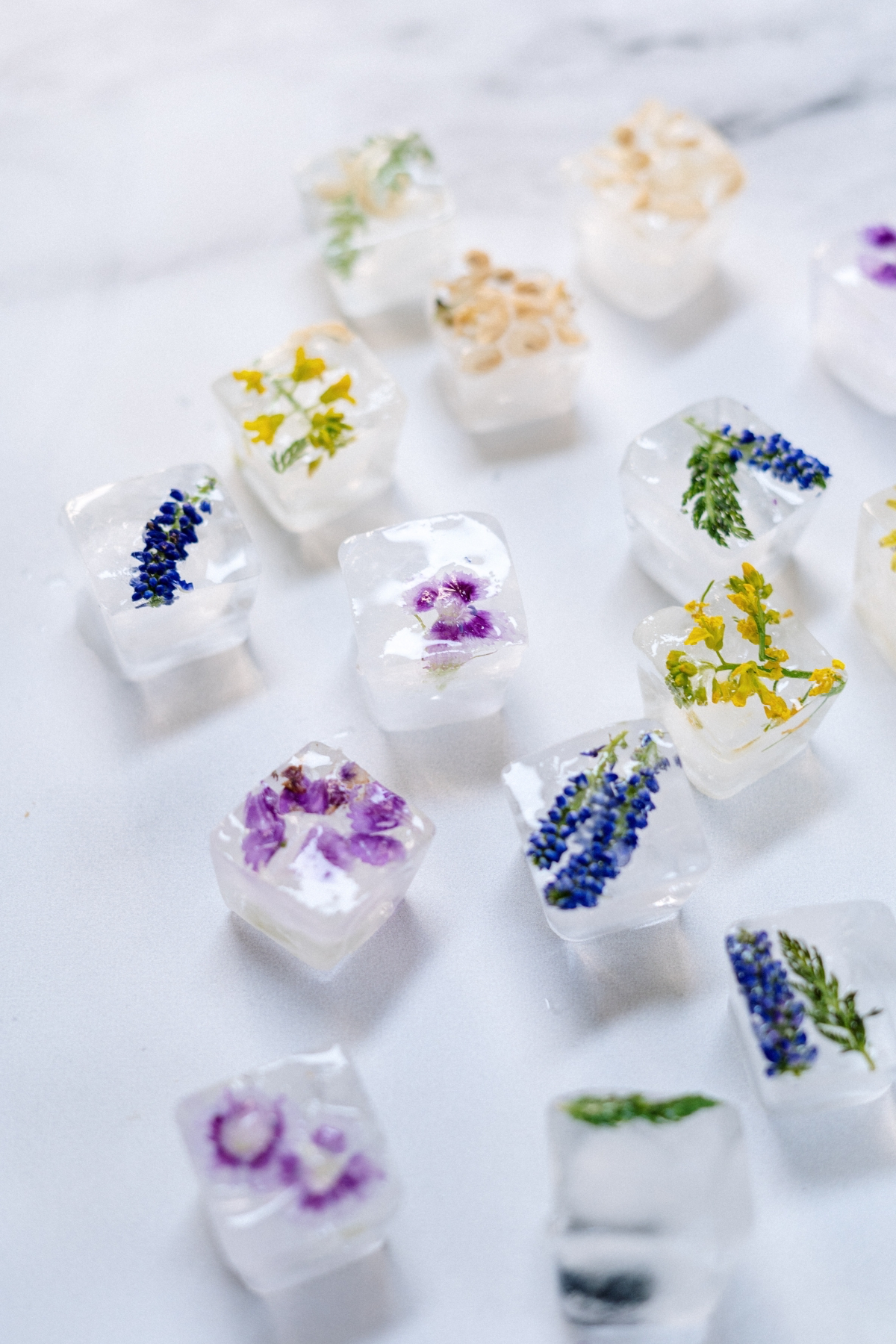
The Professional Technique: Step-by-Step
Okay, here’s the part everyone gets wrong. The direction you roll in matters! The goal is to move fluid from the center of your face outwards and downwards toward the major lymph nodes near your ears and collarbone.
Step 1: Prep Is Not Optional
Never, ever use an ice roller on a dirty or dry face. You’re just asking for trouble.
First, cleanse your face thoroughly. Then, pat it dry and apply a “slip” agent. And this is important: you need something to help the roller glide without pulling your skin. A hyaluronic acid serum is perfect for this because it provides great slip without clogging pores. A lightweight, non-comedogenic facial oil also works beautifully. Don’t skip this!
Step 2: The Rolling Method
Always use gentle pressure. The weight of the roller is enough. The goal is to soothe, not to give yourself a deep-tissue massage. Work in slow, deliberate strokes. I recommend about 5-10 minutes for a full session.
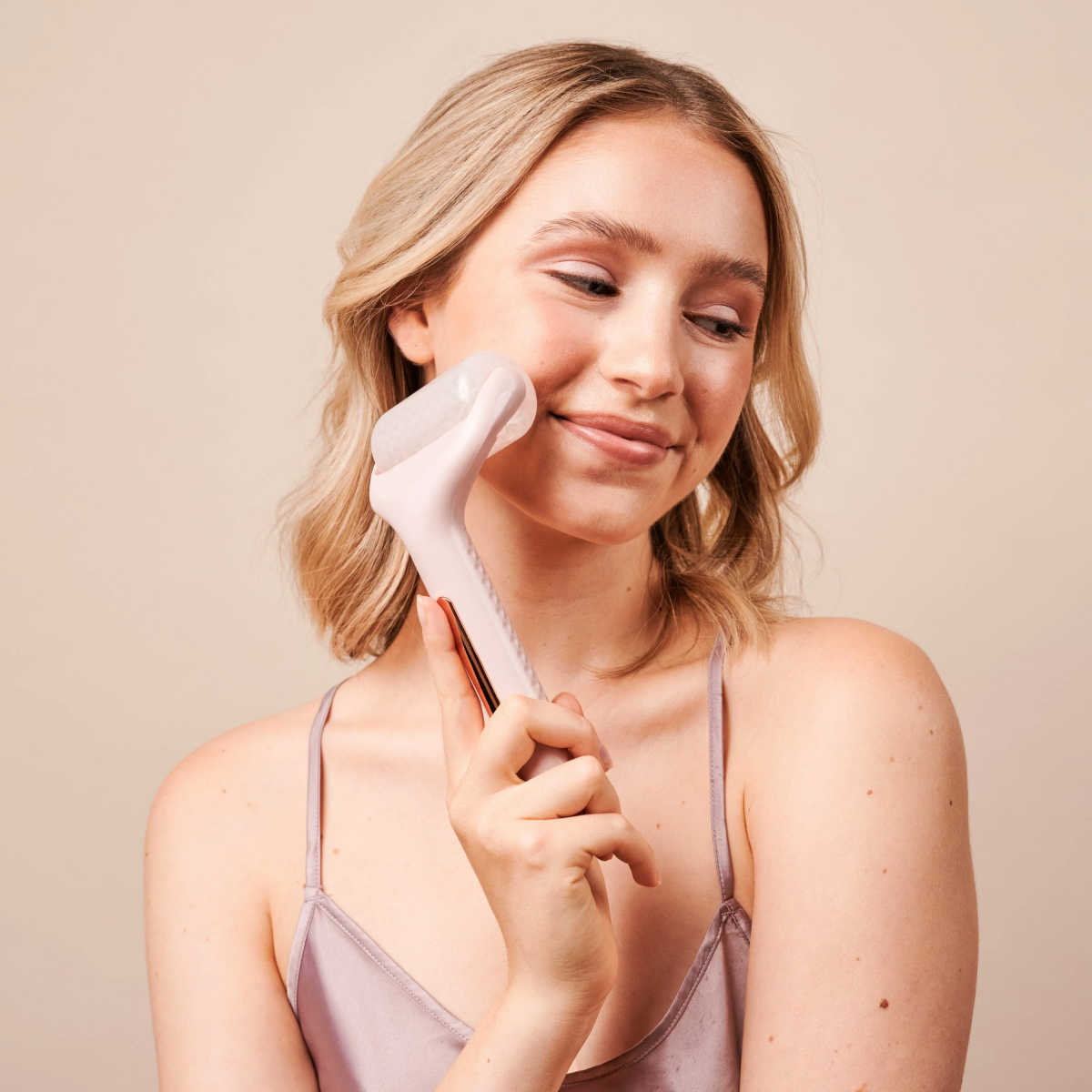
- Forehead: Start in the middle of your forehead and roll outwards towards your hairline. Repeat this a few times on both sides.
- Under-Eyes: Be extra gentle here. Place the roller at the inner corner of your under-eye area and roll outwards towards your temple. This is amazing for depuffing.
- Cheeks: Start next to your nose and roll outwards across your cheek towards your ear.
- Jawline: Begin at your chin and roll up along your jawline towards your earlobe.
- Finishing Move: After you’ve rolled each section, do a few downward rolls from behind your ear down your neck towards your collarbone. This helps guide all that fluid you just moved to the lymphatic drainage points.
Quick Tip: The absolute best time to do this? First thing in the morning. A five-minute session can take your face from puffy and sleepy to bright and sculpted before you’ve even had your coffee.
Step 3: Aftercare and Cleaning (Super Important!)
Once you’re done, just continue with your regular skincare routine. And please, clean your roller immediately. Don’t just toss it back in the freezer.

Here’s how to clean it properly:
- Wash it right away with warm water and some gentle soap.
- Spray it down with 70% isopropyl alcohol (you can get this at any drugstore).
- Let it air dry completely on a clean towel.
- Once it’s totally dry, put it in a clean baggie or its original container before placing it back in the freezer.
Common Mistakes & Quick Fixes
Heads up! Here are a few common mistakes I see people make.
Pressing too hard: You can irritate your skin or even break capillaries if you’re too aggressive. Let the cold and the gentle motion do the work.
Rolling on active acne: Don’t do it. Rolling over active, inflamed pustules can spread bacteria and make your breakout much worse. It’s great for calming the pre-pimple inflammation, but avoid rolling directly over an open or angry spot.
Using it for too long: A 5-10 minute session is plenty. Going longer doesn’t add more benefits and could lead to irritation or even mild frostnip if you’re not careful.
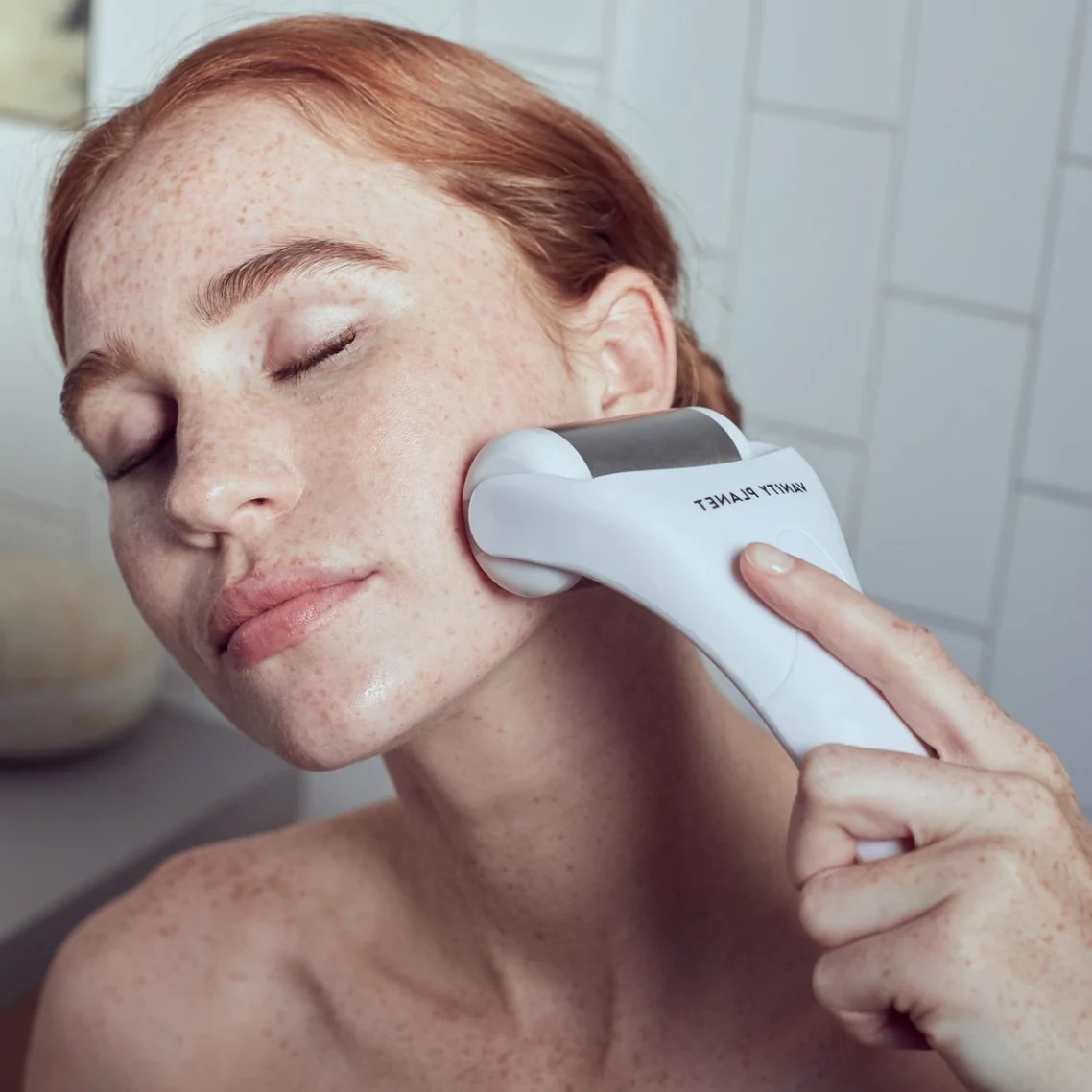
Rolling back and forth: This is probably the biggest mistake. Remember, we’re trying to drain fluid, not just scrub our faces. Always roll in one direction: from the center, out.
Galerie d’inspiration
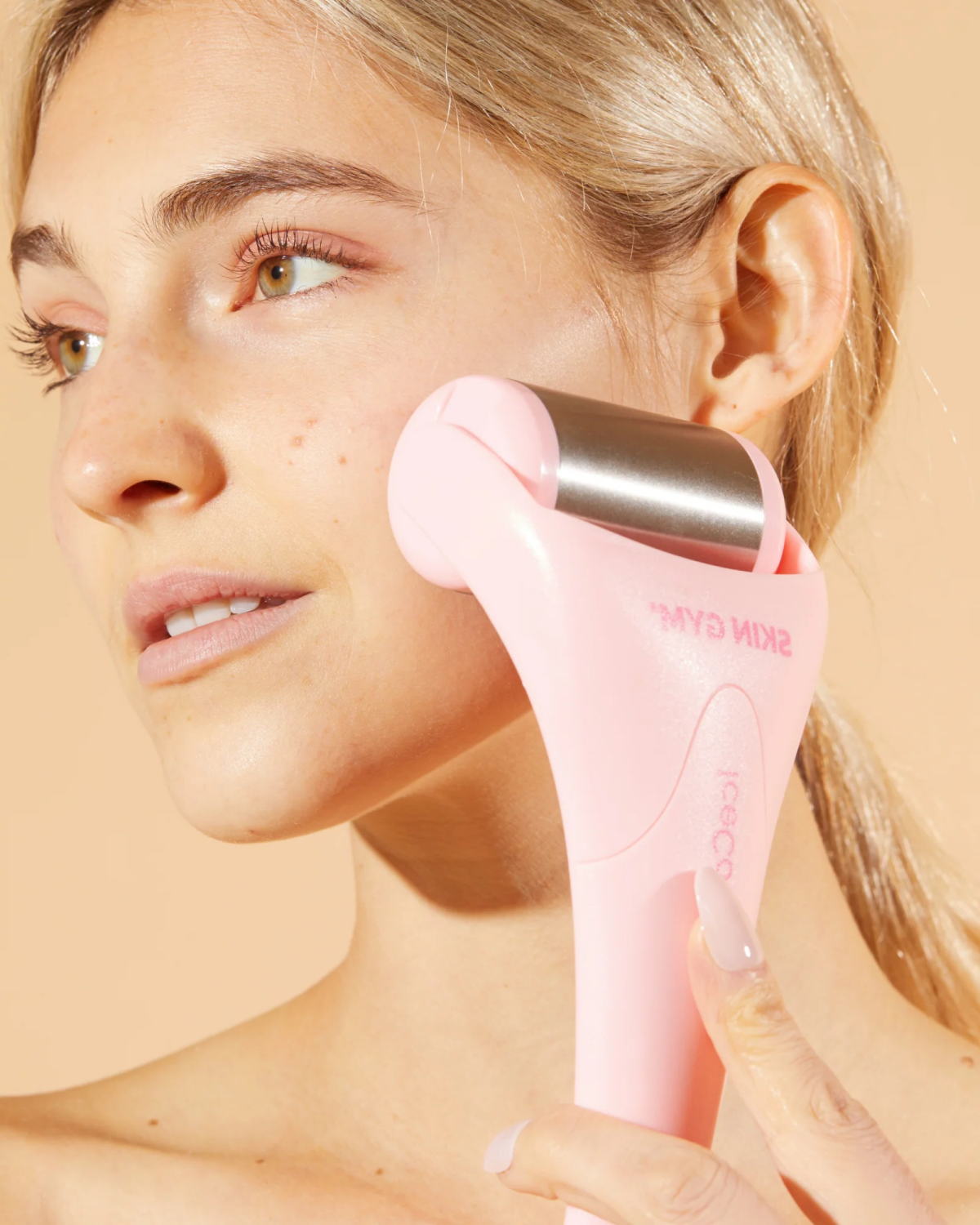
Roller material: Does it actually matter?
Absolutely. While the cold is the primary actor, the material of your roller head dictates the quality of your cryo-session. Most rollers fall into two camps:
Stainless Steel: This is the professional’s choice, seen in tools from brands like Kitsch or StackedSkincare. Steel is non-porous, making it more hygienic and easier to sanitize. It also has superior thermal conductivity, meaning it gets cold faster and stays frigidly cold for longer, delivering a more potent depuffing session.
Gel & Plastic: These are often more budget-friendly, like the popular ESARORA rollers. The gel-filled head provides a softer, more pliable feel against the skin. However, they don’t retain intense cold for as long as steel and the plastic components can potentially harbor more bacteria if not cleaned meticulously. For serious results and longevity, medical-grade steel is the superior investment.










